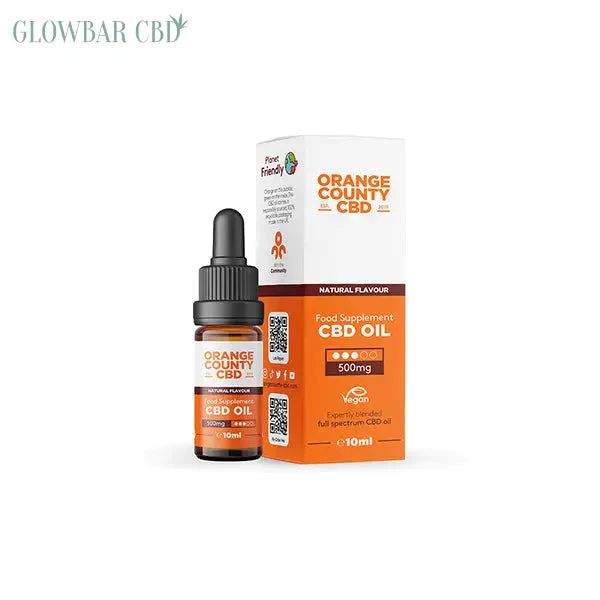Honeydew and cantaloupe are two popular varieties of melon that are enjoyed for their sweet and refreshing flavor. While they may look similar on the outside, there are several key differences between the two types of melon, including their appearance, taste, texture, and nutritional content. In this comprehensive guide, we’ll explore the characteristics of honeydew and cantaloupe, as well as their culinary uses, health benefits, and how to choose and store them effectively.
Appearance
The most apparent difference between honeydew and cantaloupe lies in their appearance. Honeydew melons typically have a smooth, pale green rind with no netting or ribbing. They are generally round or oval-shaped and have a firm, slightly waxy texture. In contrast, cantaloupes have a rough, netted rind with prominent ridges and valleys. They are often round or oval-shaped, with a slightly flattened bottom. Cantaloupes also tend to have more vibrant colors, ranging from pale orange to deep orange when ripe.
Taste and Texture
Honeydew and cantaloupe differ significantly in taste and texture. Honeydew melons have a mild, subtly sweet flavor with a hint of floral notes. They are known for their juicy, tender flesh, which is pale green or white in color. The texture of honeydew melon is often described as smooth and creamy, similar to a ripe pear. Cantaloupes, on the other hand, have a more pronounced and complex flavor profile. They are sweeter and more aromatic than honeydew melons, with a distinct musky aroma. Cantaloupes have orange-colored flesh that is firmer and more textured, with a slightly grainy consistency.
Nutritional Content
Both honeydew and cantaloupe are low in calories and fat and are excellent sources of essential nutrients, including vitamins, minerals, and antioxidants. However, there are some differences in their nutritional profiles. Honeydew melons are particularly rich in vitamin C, potassium, and vitamin K. They also contain small amounts of B vitamins, magnesium, and folate. Cantaloupes, on the other hand, are higher in vitamin A, beta-carotene, and other carotenoids, which are important for eye health and immune function. They also contain significant amounts of vitamin C, potassium, and vitamin K, as well as fiber.
Culinary Uses
Honeydew and cantaloupe can be enjoyed in a variety of ways, both raw and cooked. They are commonly eaten fresh as a snack or dessert, either on their own or mixed with other fruits in fruit salads or smoothies. Their sweet and refreshing flavor pairs well with savory ingredients like prosciutto or feta cheese in salads or appetizers. Honeydew and cantaloupe can also be used in a variety of recipes, including chilled soups, sorbets, salsas, and desserts like fruit tarts or granitas.
Health Benefits
Both honeydew and cantaloupe offer a range of health benefits due to their nutrient-rich composition. They are hydrating and low in calories, making them an excellent choice for weight management and hydration. The high water content in melons helps keep the body hydrated and promotes healthy skin. Additionally, the vitamins, minerals, and antioxidants found in honeydew and cantaloupe support immune function, heart health, and digestive health. The fiber in melons also helps regulate digestion and promote feelings of fullness.
How to Choose and Store
When selecting honeydew and cantaloupe at the grocery store or farmers’ market, look for fruits that feel heavy for their size and have a fragrant aroma at the stem end. The rind should yield slightly to gentle pressure but should not be too soft or mushy. Avoid melons with bruises, cuts, or blemishes, as these may indicate spoilage. Once purchased, store whole melons at room temperature until ripe, then refrigerate them in the crisper drawer for up to one week. Cut melon should be stored in an airtight container in the refrigerator and consumed within a few days for the best quality.
Conclusion
In summary, honeydew and cantaloupe are two delicious and nutritious varieties of melon that offer a range of culinary and health benefits. While they share some similarities, such as their low calorie and high water content, they also have distinct differences in taste, texture, appearance, and nutritional content. Whether you prefer the mild sweetness of honeydew or the vibrant flavor of cantaloupe, both fruits are excellent choices for adding variety and nutrition to your diet. By understanding the differences between honeydew and cantaloupe and how to choose and store them effectively, you can enjoy these delicious fruits at their peak freshness and flavor.
- Top CBD Capsules: A Comprehensive Review By Plain Jane - August 7, 2024
- Benefits of Butchers Broom Supplements - April 2, 2024
- Benefits of Burdock Supplements - April 2, 2024






